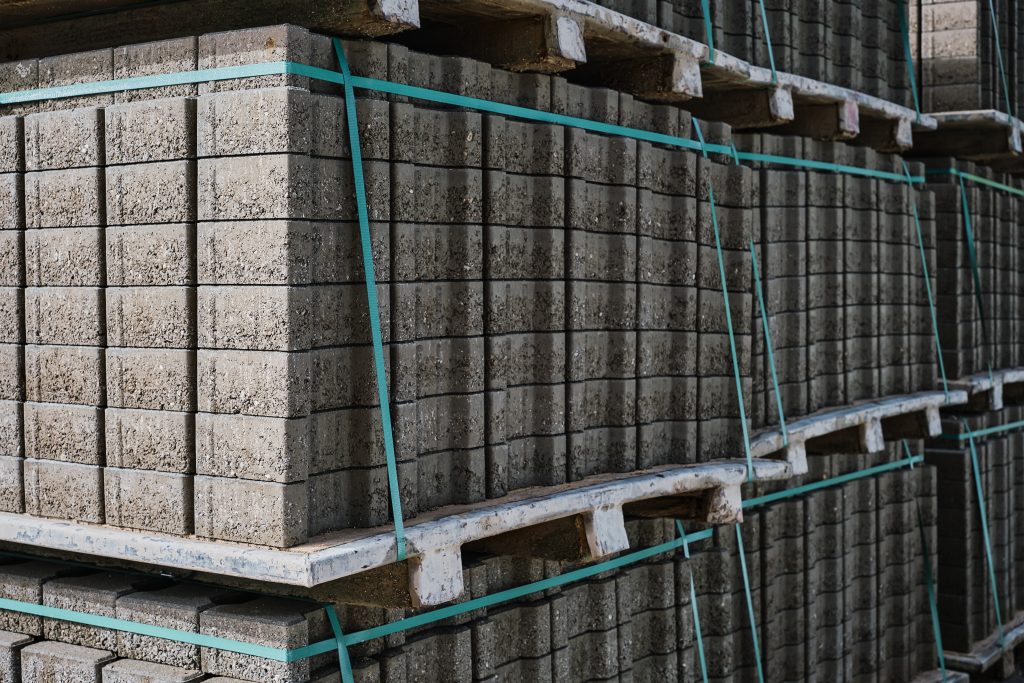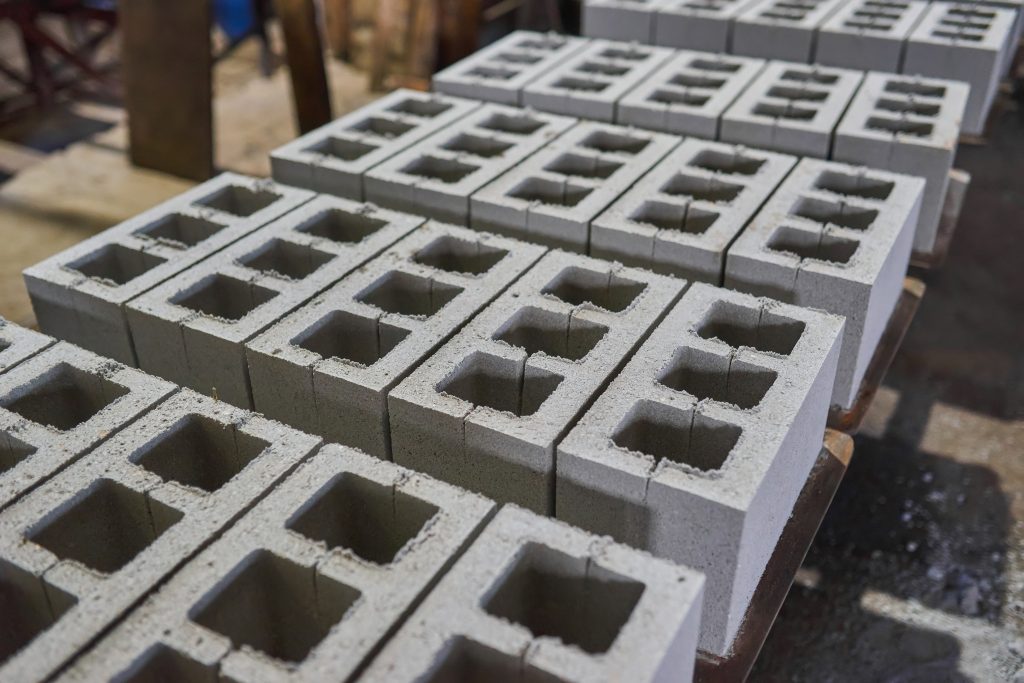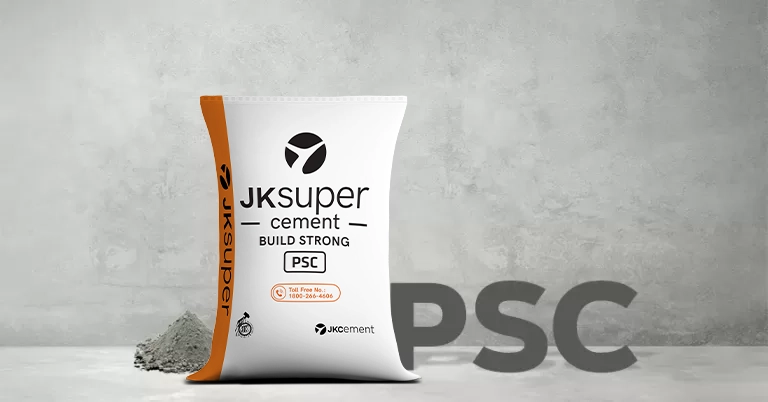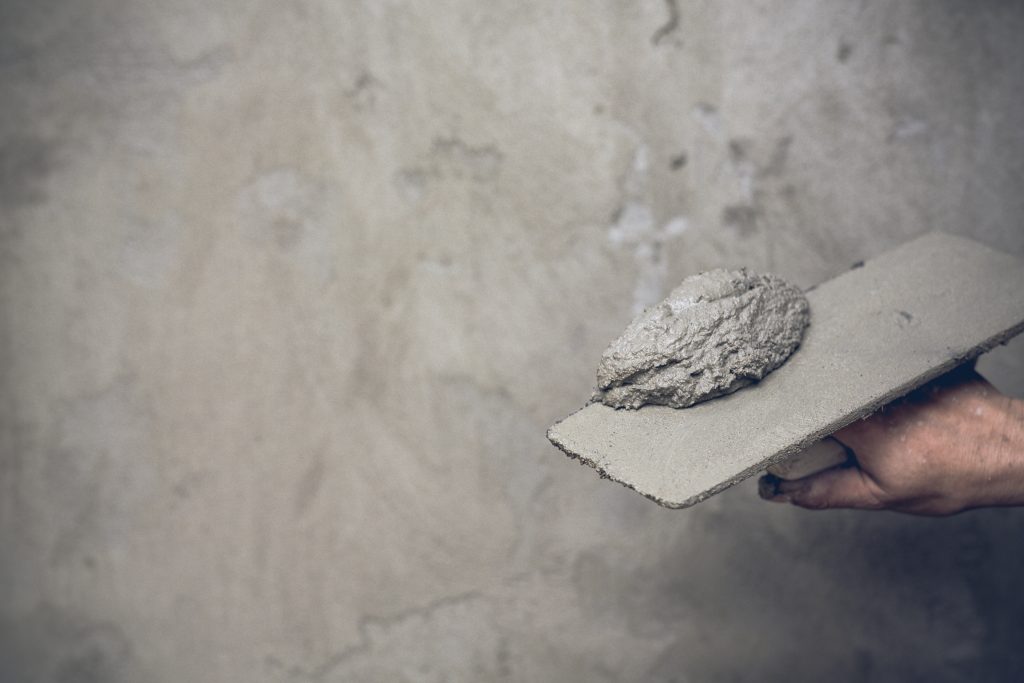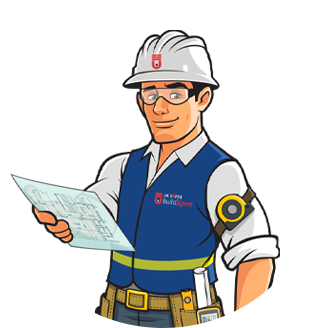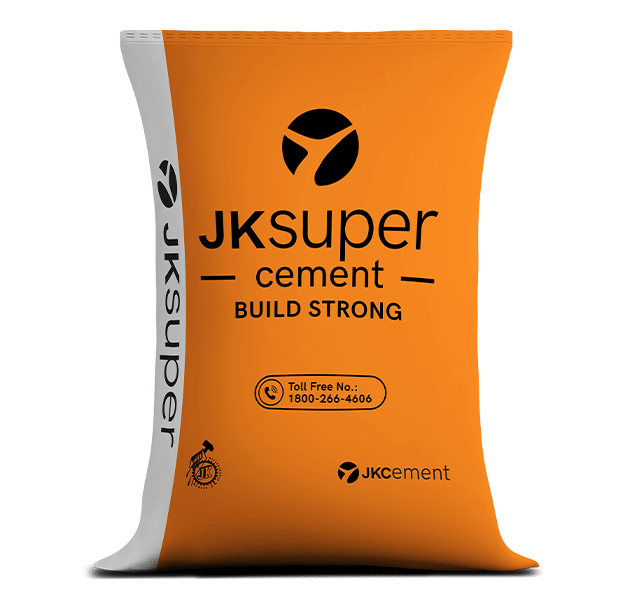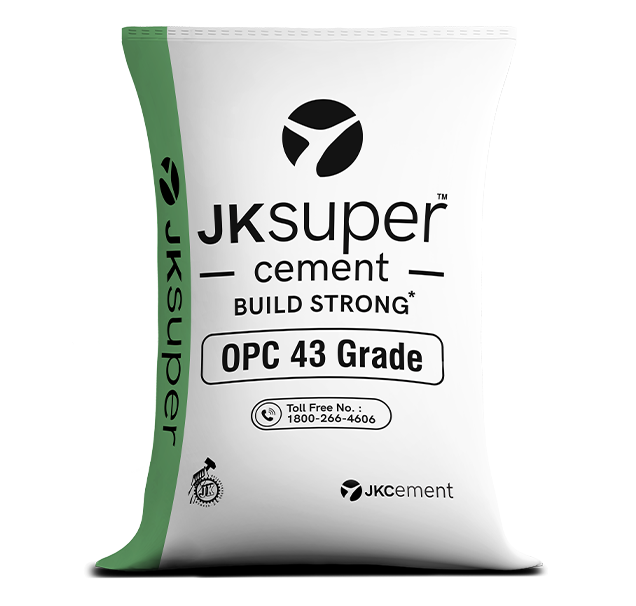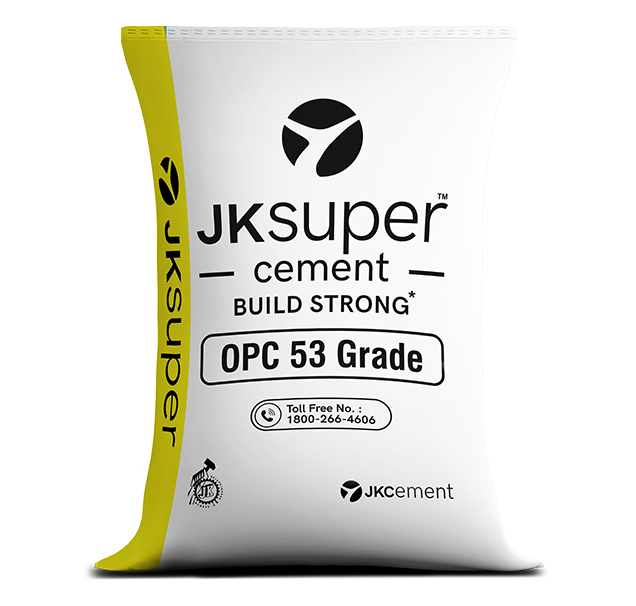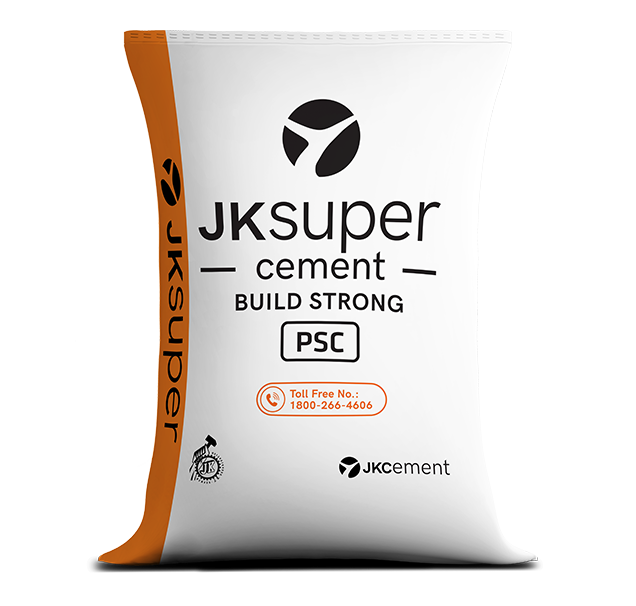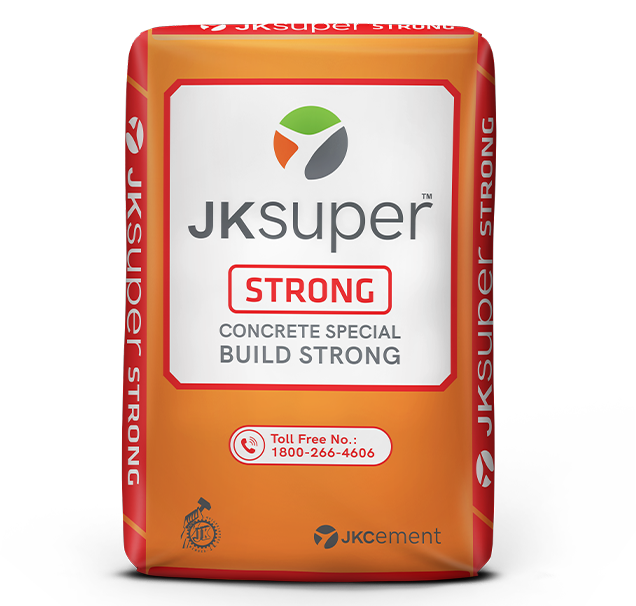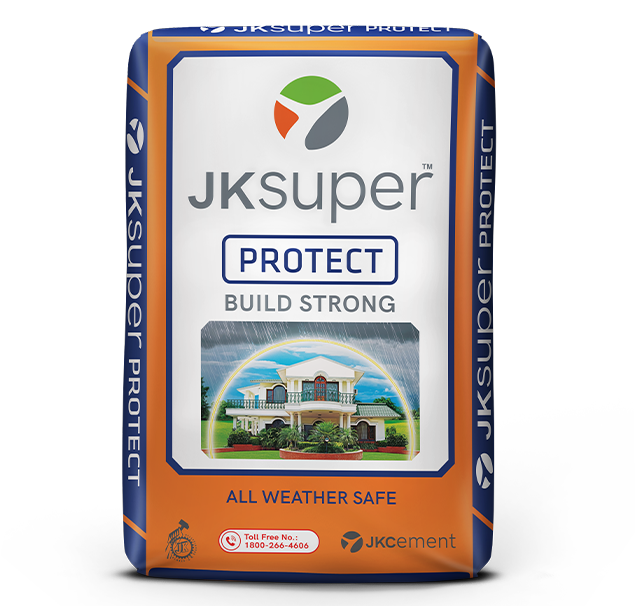Slabs play a crucial role in the construction industry. They ensure the structural integrity of buildings. Acting as load-bearing elements, these flat and horizontal surfaces provide the necessary support to floors and roofs. They are usually made of concrete and usually reinforced with steel. These slabs are typically 100-500 mm thick. Some builders also go for thin slabs depending on the usage. Broadly, slabs are categorised into two types: one-way slabs and two-way slabs. Understanding the difference between a one-way slab and a two-way slab helps you make the right choice for a construction project. Read on to uncover the distinction.
What is a One-way Slab?
A one-way slab is the simplest version of a concrete slab. It primarily carries the load in one direction. The slab is reinforced or supported by two parallel beams or walls. It is termed “one-way” as the slab transfers load along one direction, spanning a shorter span. Technically, if the ratio of the slab’s longer side to its shorter side exceeds two, it gets classified as a one-way slab. This type of slab is usually used in narrow or rectangular floor plans. It is an economical choice for simple and uniform load-bearing structures.
What is a Two-Way Slab?
A two-way slab distributes loads in two perpendicular directions. Unlike a one-way slab, it is supported by beams or walls on all four sides. As a result, it allows for a better load transfer across a wide area. Technically, when the ratio of the longer span to the shorter span is less than two, the slab is known as a two-way slab. This type of slab is best suited for square or nearly square layouts. You can use it in the construction of commercial or multi-story residential buildings for added firmness backed by strong cement.
Difference Between One-Way Slab and Two-Way Slab
Highlighted below are the points of difference between a one-way slab and a two-way slab to help you make the right choice.
| Characteristics | One-Way Slab | Two-Way Slab |
| Load Distribution | The load is distributed in one direction, across a shorter span. | The load is distributed in two directions, both along the longer and shorter spans. |
| Shape and Span Ratio | The longer span to shorter span ratio is equal to greater than 2. | The longer-to-shorter span ratio is less than 2. |
| Reinforcement | It is reinforced along the shorter span. | It is reinforced in two directions (shorter and longer span) |
| Support Structure | Supported by beams and walls on two opposite sides. | Supported by beams and walls on all four sides i.e., its corners. |
| Applicability | Commonly used in residential structures like balconies or Varanda | Commonly used in large, open spaces like buildings or parking garages. |
| Cost | Economical choice for smaller structures with minimal reinforcement. | Comparatively expensive due to the need for more reinforcement. |
| Thickness | Generally thicker due to increased depth. | Comparatively thinner as the depth of the slab is low. |
| Steel Quantity | Steel content is low due to one-directional load. | Steel content is high to accommodate two-directional load transfer. |
| Type of Deflection | A one-way slab has a slight curve, which gives it a cylindrical deflection. | A two-way slab has a slight dip towards the centre, making its deflected shape like a dish. |
| Suitability | One-way slabs work well for smaller spaces, like 3.5 meter panels, where the weight only needs to go in one direction. | Two-way slabs are better for bigger areas, like a 6m x 6m square, as they can spread the weight evenly in two directions. |
Back your slabs with reliable cement. Consult a construction professional.
One-way Slab and Two-way Slab – Distinct Advantages
Both one-way slab and two-way slab offer unique advantages listed as follows:
Advantages of One-way Slab:
- Cost-effective: Since it requires less reinforcement, it is an economical choice, which helps you save on construction costs.
- Simple Design: The structure of a one-way slab is quite simple going in one direction, which makes it easy to construct and design.
- Low Material Usage: Limited material is required for the reinforcement and concrete in a one-way slab.
- Ideal for Simple Structures: One-way slabs are perfect for narrow spans, such as corridors, footpaths, balconies, etc.
Advantages of Two-way Slab:
- Uniform Load Distribution: The load distribution is balanced in both directions, which makes it a sturdy choice for large and open spaces.
- Greater Load-bearing Capacity: Two-way slab’s ability to bear more load enables it to fare well in complex buildings and commercial projects.
- Aesthetic Flexibility: With support and reinforcement on four sides, this slab offers more design flexibility for architects.
- Reduced Deflection: Two-way slabs tend to have less deflection due to their multi-directional load transfer.
Similarities Between One-Way Slab and Two-Way Slab
Despite the differences between one-way and two-way slabs, they share some similarities. Learning about these similarities is just as important to pick the right slab type and compare and buy cement online to befit the requirements.
Purpose
The purpose of these slabs, despite their distinctive properties and design, is to provide floors or roofs in buildings or support the underlying structure.
Construction Process
The construction process for a one-way slab and a two-way slab is similar. They both go through the stages of concrete pouring and curing.
Material
Both one-way slabs and two-way slabs are made of concrete and are reinforced steel. No matter your choice, you would need to buy a super protect cement online to build durable and strong slabs.
Maintenance
Maintenance requirements, which involve regular inspections to detect cracks or deflection over time are similar for both types of slabs.
Use of Steel
Despite the difference in quantity, both slabs are reinforced with steel. It is arranged in a particular pattern to boost the strength and durability of the slabs.
Key Takeaway
Having understood the difference between a one-way slab and a two-way slab, you can make an informed choice for your construction project. Besides analysing their distinctive features, advantages, and similarities, it helps to consider your project’s design and load requirements. For smaller, more cost-conscious residential projects, you can opt for one-way slabs. On the other hand, two-way smalls are apt for larger commercial applications. Once you’ve made your decision, pick the best cement company in India to ensure the best output out of the slabs.
Need high-performance cement for construction? Buy JK Cement online today and ensure the strength and longevity of your building.
FAQs
Can I use a one-way slab for a larger area?
While you can use a one-way slab for a larger area, it is not recommended. It may not support the weight evenly, which can cause cracking and sagging.
What is the minimum thickness in a one-way and two-way slab?
The minimum thickness for a one-way slab is approximately around 100 mm (4 inches), while for a two-way slab, it can be around 120 mm (4.7 inches). This is subject to differences in the construction and applicability of the slab.
How do temperature changes impact one-way and two-way slabs?
Both one-way and two-way slabs can expand and contract with temperature changes. However, two-way slabs tend to handle such changes better than one-way slabs as they have uniform load distribution. They get support from all sides, reducing the risk of cracking.
